
An EU-funded project is working to develop sustainable refurbishment solutions for residential buildings. Its energy-efficient retrofit approach takes into account different building types, climates and socioeconomic conditions.

Scientists have conducted climate reconstructions over millennia using the isotope signals stored in tree rings.
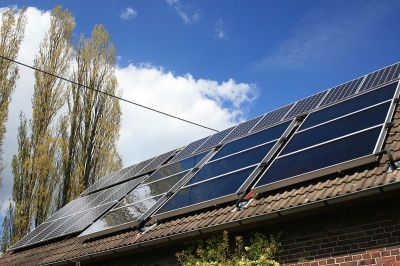
EU-funded scientists are replacing the conventional molten salts in solar technologies with a suspension that can capture and store heat at higher temperatures.
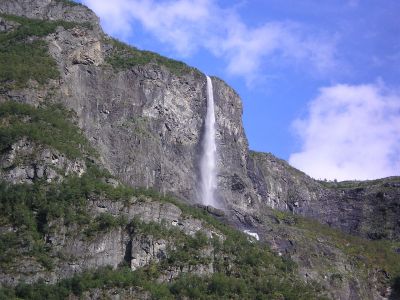
Scarcity of fresh water is of growing concern in the Mediterranean area due to urbanisation, irrigation and changing rainfall patterns. The influx of millions of Sun-seeking tourists puts even more pressure on limited water resources during the summer season.

An EU-funded project is accelerating widespread use of renewable aviation fuels in Europe. Exciting new players are appearing on the biofuel scene such as camelina oils.
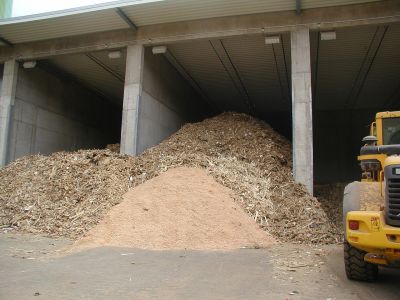
Much as sponges soak up water and remove it from a surface, industrial sorbents collect molecules in fluids or gases. EU-funded scientists are developing carbon-based nanosorbents from vegetative waste for improved removal of industrial contaminants.
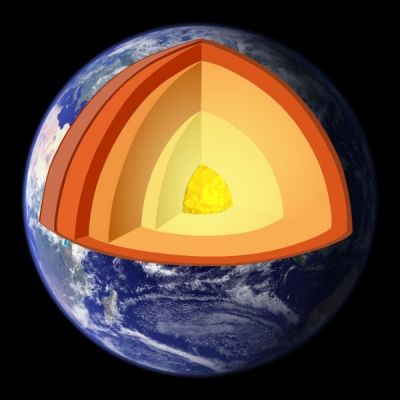
Although the Earth is a rocky planet, many aqueous dynamic processes take place beneath its surface making it unique among terrestrial planets. New insight into the role of fluids on properties of materials is directly relevant to earthquakes and volcanic eruptions.
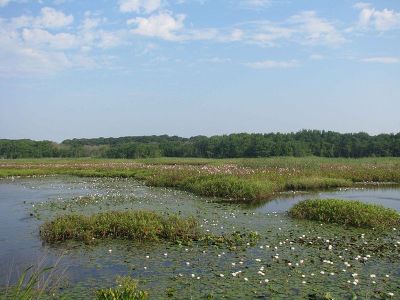
Human activities have strongly modified the biogeochemical cycles of metallic trace elements (MTEs) increasing their fluxes towards and between surface environments. New isotope data has fostered better models of MTE sources, transfer and reactivities in dynamic and multi-sources systems, as required for targeting emission controlled strategies to combat origins and consequences of metal contamination.

Access to a supply of clean drinking water is a fundamental requirement of the European Drinking Water Directive (DWD). An EU-funded initiative is developing an innovative probe based on microelectronic sensors to improve the management of Europe's water network.
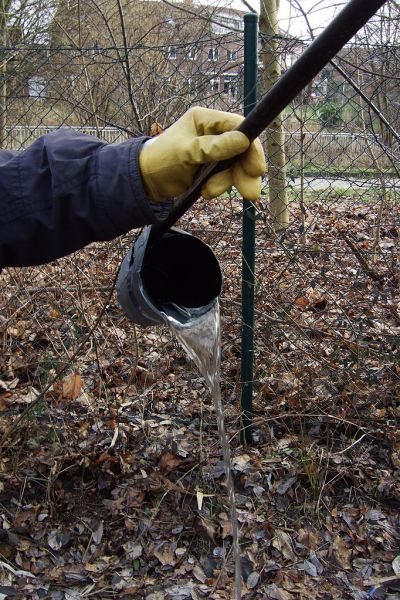
Stringent EU legislation and growing costs for water, discharges and raw materials are prompting the surface treatment of metals (STM) industry to seek new ways to treat effluent.
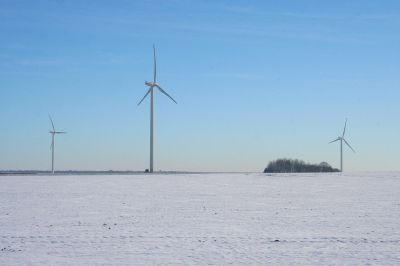
An EU-funded project is developing hydrophobic coatings that give ice and water droplets little chance of sticking to wind turbine blades. The new coatings should help reduce wind farm maintenance costs and increase turbine lifespan.
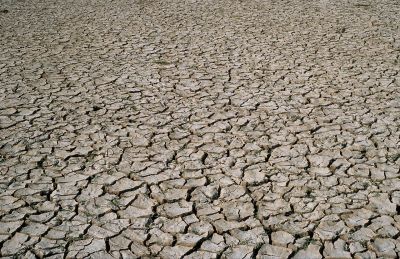
Researchers have developed a non-destructive scanning technique to monitor the structural health and integrity of soil infrastructures.
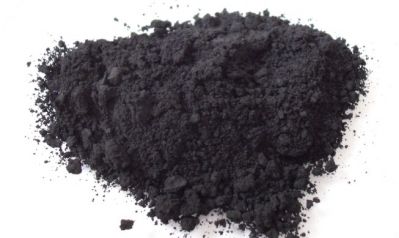
Aside from being a public health hazard, particles in the atmosphere affect climate. New data mining and analysis methods are shedding light on the role of one of the most important components, black carbon.
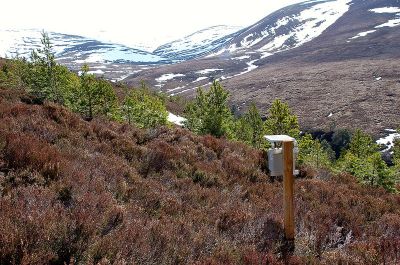
New-generation biosensors adapted for a range of different targets are set to raise the standard of environmental monitoring.
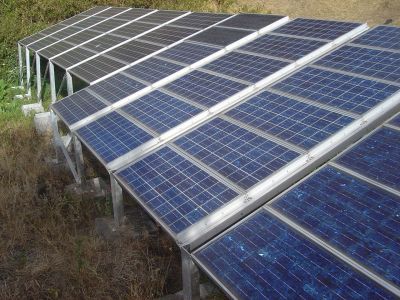
Today's solar modules should be nearing the end of their useful life after two decades. EU-funded scientists are focusing on designing solar cells that are more recyclable and also on minimising the environmental impact during their manufacturing.
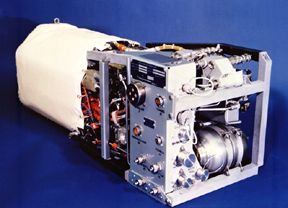
EU-funded scientists are working on developing membrane electrode assemblies (MEAs) that are able to operate in temperatures up to 180 degrees Celsius. Possible applications include a range extender in an electric vehicle battery.
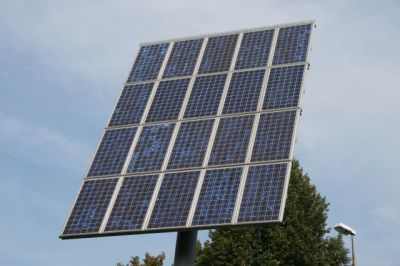
Today's solar modules should be nearing the end of their useful life after two decades. EU-funded scientists are focusing on designing solar cells that are more recyclable and also on minimising the environmental impact during their manufacturing.
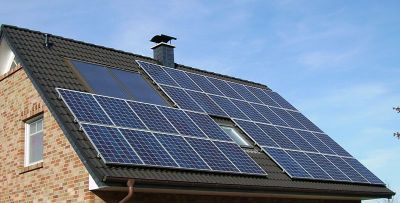
Photovoltaic (PV) systems that harness the Sun's virtually limitless supply of energy are now visible in limited locations across Europe. A new open-source simulation platform will foster lower costs and enhanced performance for mass market uptake.
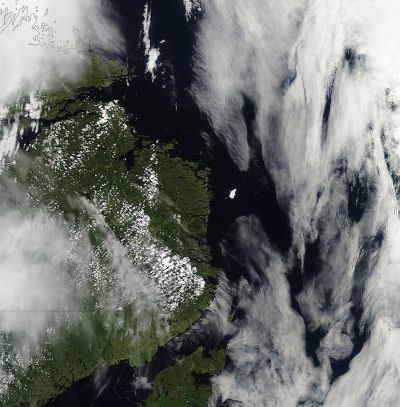
Sea ice distribution and sea surface temperature (SST) in the North Atlantic have affected Europe's weather and climate by determining precipitation and wind patterns, and changes in temperature. Knowledge of these factors and how they will alter over the coming years is vital for society and the economy, which need accurate data for planning and decision making.
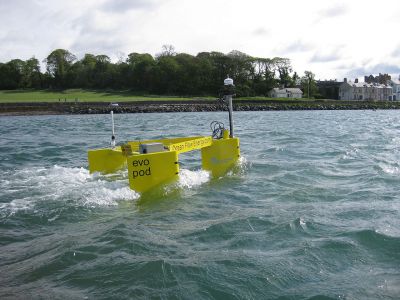
Depletion and the negative environmental impact of fossil fuels are the main drivers behind the quest for renewable energy technologies. EU-funded scientists studied the potential of newly developed prototype devices to exploit geophysical flows.
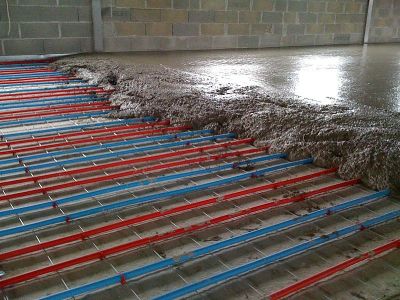
There are solar panels that covert sunlight directly to electricity, and there are others that absorb the sun's rays for hot water. EU-funded researchers have made progress on a solar thermoelectric generator that generates electricity from the sun's heat.

Geological processes ranging from microscopic to global shape the Earth's surface. EU-funded researchers attempted to answer the question: 'What can we learn about metamorphism through the study of minerals in mountain belts?'
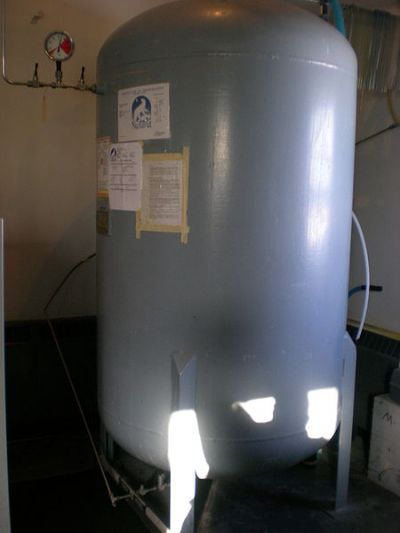
Fuel cells could eventually power material-handling vehicles such as forklift trucks in the logistics sector. An EU-funded project is working on proving the market readiness of energy storage components.
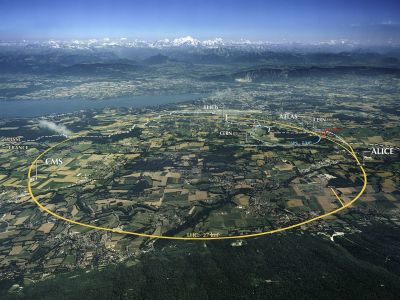
By colliding heavy ions with free quarks, physicists hope to recreate the earliest moments of our Universe just after the Big Bang. In the aftermath of these heavy-ion collisions, jets coming from bottom quarks have been identified for the first time.
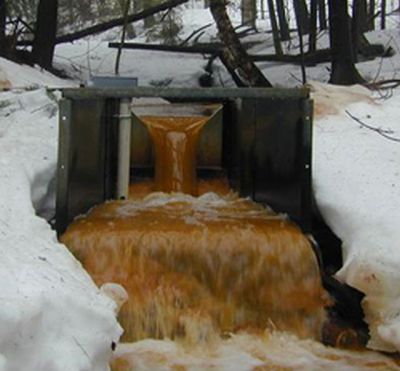
Water is essential to life, but every year millions of the chemicals produced together with their reactants and by-products enter the water cycle. Many of these chemicals currently remain unidentified, and the risk posed to human health and the environment cannot be fully determined.
























